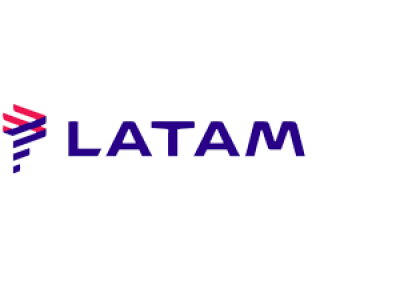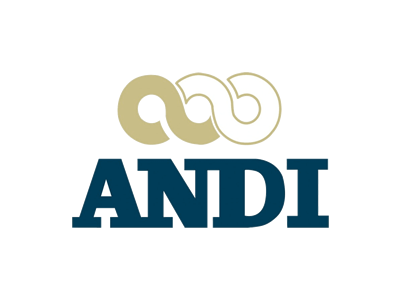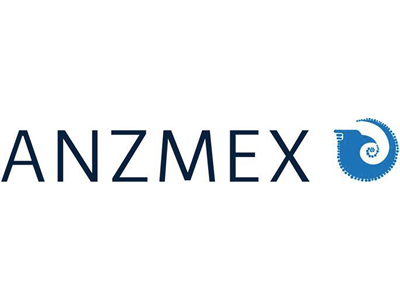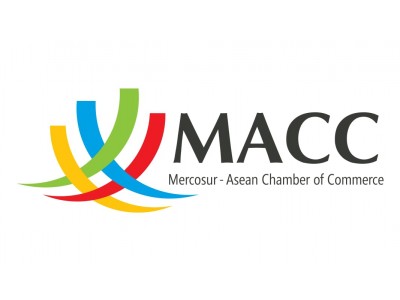Events
Recent events
Doing Business in Mexico and Peru
Tue, 24 Sep, 2019 8:30 AM — 1:15 PM
Auckland (24 September), Hamilton (25 September), Christchurch (26 September)

NZTE’s Mexico and Peru workshop roadshow this week offered attendees an excellent insight into the practical challenges and opportunities of doing business in these markets. With seminars offered in Auckland, Hamilton and Christchurch, LANZBC members heard from a variety of market experts and seasoned exporters, sharing their tips, insights and knowledge on how to make the most of what these exciting markets offer.
Rebecca Smith, Director of NZ Story, encouraged all in attendance to utilise the resources available at NZ Story, before introducing the Mexican market perception research undertaken by NZ Story, noting that ‘in order to shift perceptions you need to understand what the perception is’.
Nathan Farmer, of Big Picture, the research partner responsible for undertaking the market perception research, highlighted some of the key findings of the research on Mexico’s perception of New Zealand. These included the fact that although New Zealand’s unique characteristics included being safe, young, clean and green and diverse, it was also perceived to be cold, remote and rural, although, thankfully, New Zealand is considered to be ‘at the warmer end of cold’.
Research regarding the Food & Beverage sector in Mexico reflected that its consumers have a growing focus on ‘what nourishes you, not just what feeds you’. Further takeaways from the research showed consumers want to see a shift in the traditional imagery used and that exporters should always bear the Mexican cultural context in mind.
New Zealand’s Ambassador to Mexico Mark Sinclair noted that the New Zealand’s brand in Mexico was small, but positive, with New Zealand an aspirational destination for well-travelled students and an increasingly influential middle class. Mark reported that 20% of Mexico’s population was now considered an ‘aspirational consumer’ who were very serious about food and beverages and receptive to high-quality, strong brands in the retail sector.
New Zealand’s perceived strengths came from its position on climate change and the environment, with Mexico particularly interested in the learnings of geothermal energy, and engagement with indigenous cultures over the commercial use of Maori land. Agriculture and Agritech were also areas in which the Mexican government looked to New Zealand for guidance, with sustainability and land use key topics of interest. The development of land in Southern Mexico for farming use and the desire to apply the New Zealand model offered Agritech suppliers exciting opportunities.
Rhianon Berry, Trade Commissioner for Peru (and Chile) explored the various sectors with obvious opportunities for New Zealand exporters. With Peru the 13th largest fruit exporter in the world (a ranking achieved in less than 20 years) opportunities are abundant in the horticulture sector for New Zealand technology and services providers, with large projects involving irrigation and enabling land use, an example of such. With 70% of Peru’s exports coming from mining or the mining industries, Peru was also keen to utilise New Zealand’s technology and services to drive productivity in the sector.
Carlos Fernandez Gates, NZTE’s Beachhead Advisor for Peru, offered useful practical considerations on doing business in Peru. Carlos advised that the use of local partners was vital to success, given the vast difference between all of the Latin American nations and their economies. Carlos noted that 60% of businesses in Peru where considered ‘informal’, whereby the organisation did not pay taxes and/or comply with legislative requirements. Peru’s judicial system is extremely slow, and Carlos therefore recommended that exporters take all the necessary steps to limit the risks to their business, in order to avoid needing to use the Peruvian justice process.
Carlos also offered a number of extremely useful tips on what to do and not to do when establishing a business in Peru, together with some business model considerations for exporters. Attendees were advised that contractual payment terms should be viewed as an optimistic estimate, and that the strength of the business relationship would establish what commercial terms would be met. Having always been a very price-orientated market, Peruvian consumers were also starting to appreciate additional benefits to products, beyond the price point.
At the Hamilton session, Rod Claycomb from Quantec and Gary Stannard from Maxiloda then provided an overview of their respective experiences entering the Mexican and Peruvian markets. Both credited a great deal of their success to working with NZTE, commenting that the effort continuously put in by NZTE’s in-market business development managers acting on their behalf made them feel like additional employees, and the contacts they provided were invaluable. Rod Claycomb believed that the service provided by NZTE was unique to New Zealand and that no other government appeared to offer the same level of assistance to exporters.
Gary Stannard encouraged exporters to ‘make it easy for customers to make decisions’, noting that Maxiloda had all its presentations and product documentation available in both English and Spanish. Gary commented that attempting to converse in the language and having multi-lingual supporting documentation conveyed intent for the ease of the commercial relationship and was generally well received. Finally, Gary noted that exporters should ‘stay focused, be patient and keep evolving your message.’
NZTE’s Mexico and Peru Business Immersion Programme was discussed by Rhianon and Jorge Arguelles, NZTE’s Trade Commissioner for Mexico before attendees took the opportunity to network over lunch.
The LANZBC thanks NZTE and event partners NZ Story, the Ministry of Foreign Affairs & Trade and the Latin America CAPE for putting on this informative and valuable series of workshops.



















